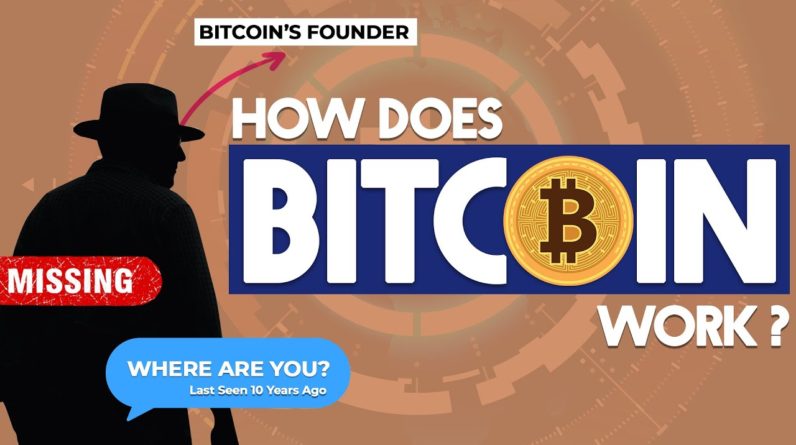
It's 31st of October 2008, A new post reaches the main page of an unknown
internet forum mainly used by Cryptography enthusiasts The Title reads, Bitcoin: A Peer-to-Peer Electronic Cash System Fast-forward more than a decade into the future, Alot has changed From bitcoin reaching an all the high price
of about $64,000 per coin, To dogecoin ironically cementing cryptocurrencies
in the pop culture, It’s as though a financial revolution is
at play, and bitcoin is at the heart of it, This is the first part of my 3 part mini-series, Here I’ll attempt to demystify bitcoin and
its implications on the financial world We’ll start the series with a non-technical
breakdown of how bitcoin actually works The concept of electronic cash is not new, projects such as eCash, Bit Gold, and Hashcash
had been spurring up ever since the 1990s Keeping in mind, that services such as Visa
and MasterCard are not classified as electronic cash Because all they do is coordinate and transfer
funds from your bank to your requested service The idea of electronic cash means that it’s
a currency on its own, We’ll cover the advantages of this sort
of currency in our next video, But right now, what’s important to understand
is why similar projects before bitcoin were not able to gain any traction Amongst numerous issues that prevented such
a technology, The one that came up most often, is known
as “The Double Spending Problem” You see, unlike physical cash that changes
hands instantaneously, Electronic cash could easily be manipulated
into being used more than once Hypothetically, to solve this problem, Some sort of record-keeping was required A sort of a digital ledger to keep records
of all the transactions being processed, But this solution posed a few challenges, The major challenge was its dependence on
a third party to overlook the transactions and the ledger You see electronic cash by nature had to replicate
cash in real life, And cash does require the presence of anyone
else, apart from the two people involved in the process After several unsuccessful attempts to solve
this problem, Satoshi Nakamoto the creator of bitcoin proposed
a ground-breaking idea, His idea was to create a public ledger, If every transaction on the ledger is available
publicly, And the ledger has multiple copies living
in many computers around the world, Duplication would pretty difficult, Because any attempt to create copies of the
same thing, would not sync up on all the other copies
of the public ledger, But for this system to work, A group of volunteers was required for this
global recordkeeping This group is now commonly referred to as
“ the miners”, And they play an integral role in the functioning
of bitcoin Since no single entity controls the digital
ledger, And major functioning of the bitcoin system
is coded within itself, Bitcoin is able to operate on its own, without
any central figure And this is how bitcoin was able to become
the first true electronic cash system in the world But was the creation of bitcoin actually revolutionary? Why was there a need for an electronic cash
system in the first place? This is what we’ll cover
in the second part of this series





